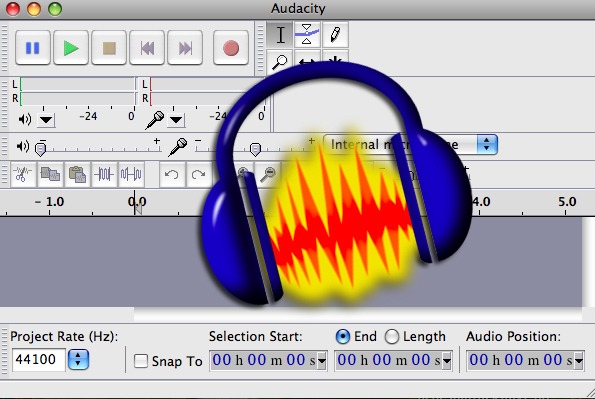

Whether you’re editing a podcast, external audio for a video, or a voiceover, Audacity can handle it. (I’ll link to the finished recording in the end.) I’ve been obsessed with mechanical keyboards lately, and the click-clack sounds that my keyboard makes are very satisfying in an ASMR-like way. To test out Audacity, and to show you the ropes, I used a Zoom H1n handheld recorder on a tripod to record the sound of my keyboard and make a working audio file. But don’t be fooled: behind the simple facade lies a sleeping giant with robust features that you can experiment with over time.
Audacity tutorials professional#
Unlike other digital audio workstations (DAWs), which are much more expensive and reserved for professional audio engineers, Audacity’s minimal approach to audio editing simplifies the whole experience. While it won’t win any awards for aesthetics, recent updates have it looking better than ever. As a bonus, it doesn’t consume a lot of CPU power, so it can run on pretty much any computer.
Audacity tutorials software#
Here are a few tips on getting started.Īudacity is the default software for many multimedia content creators because not only is it free, it’s also relatively easy to use.
Audacity tutorials free#
To change the volume of a particular track, adjust the Track Volume Slider to the left of each track panel.Audacity is a free audio recording and editing application with an easy-to-use interface. If the volumes of your overlapping tracks seem unbalanced (e.g.: if the volume of your voice relative to the introduction music seems off), you’ll need to balance volumes to make them more equitable.


Recommended best practice is to include a few seconds of Fade In at the beginning of a track and a few seconds of Fade Out at the end that carries you into silence. Click and drag over the silent sections of the waveform.įades are gradual transitions in amplitude that ensure smooth transitions between tracks.Zoom in to the point in the track that contains the silence so that you can view it in the waveform (usually the beginning or end).

To remove unwanted silences from a track: By removing unwanted silences, you can create professional sounding audio clips with only a hair of silence on either end. Unwanted silences are often created at the beginning or end of an audio track when there is lag between when you start recording and when you start speaking, or between when you stop speaking and when you stop recording. While there are many different editing techniques, the following instructions will walk you through some of the most common. Editing can help you turn your raw audio files into a professional sounding final product that you are proud to share.


 0 kommentar(er)
0 kommentar(er)
